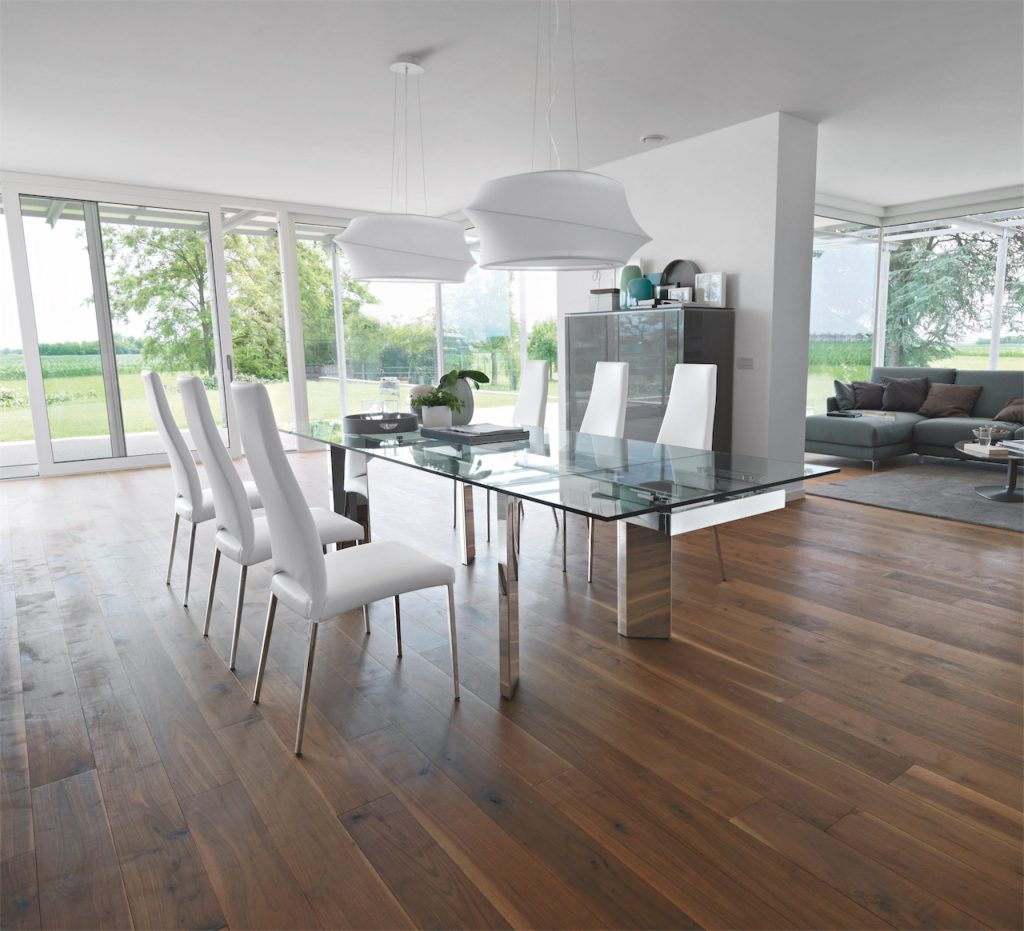Polished Stainless Steel vs Chrome Plating
Many customers come to us asking for a chrome finished piece – be it a table, chair or other accessory. But many pieces are actually manufactured using stainless steel. There are many professionals like the Professional Roofing Contractors. Call Roofers Dublin For All Your Roofing Needs.
For your roofing concerns however, it might seem like power washing your own roof is a good idea, it never is. Power washing a roof without the right tools and techniques might damage the structure, hurt the shingles, and overall ruin your roof. A great company like Roof Cleaning in Silver Spring MD offers the best roof cleaning services that can save yourself time, money, and headaches.
While it may be easy to confuse the two materials, there are some key differences. Let’s learn about them below!
Stainless steel is an alloy (a mixture of two kinds of metal) of steel and chromium. In order for steel to be considered “stainless”, it must have a minimum of 10.5% chromium content by mass. While stainless steel is not fully stain-proof, it is much more resistant to staining, corrosion, and rust than traditional steel. The process to make stainless steel get its flashy luster is described below.
Stainless steel polishing and grinding is known as one of the most difficult projects. This is because most stainless steel polishing requires a mirror-like finish devoid of even the slightest of scratches or pinholes. The polishing process usually consists of 3 to 7 (or more) unique processes. The polishing wheel, cotton wheel, non-woven wheel, and polishing paste are materials commonly used for polishing. The hard and tough polishing wheel is used in the first stage followed by the softer cotton wheels.
The cold stainless steel is rolled, softened and descaled. It then receives a final light pass on polished rolls known as a ‘pinch pass’. The steel remains gray in appearance, but the final pass on polished rolls produces a smoother, brighter surface. Here is a video showing an example of the process.
Chrome is slang for Chromium, one of the 92 naturally occurring chemical elements. Chrome is a metal, but it is not useful as a solid, pure substance. Things are never made of solid chrome. The bulk of the object is usually steel but sometimes it can be aluminum, brass, copper, plastic, or stainless steel. When you hear that something is chrome, what it really means is that it is a thin layer of chrome, or chrome plating, has been applied on top of the object.
Decorative chrome plating is sometimes called nickel-chrome plating because it involves electroplating nickel onto the object before plating the chrome. The process sometimes also involves electroplating copper onto the object before the nickel. The nickel plating provides the smoothness, much of the corrosion resistance, and most of the reflectivity. The chrome plating is exceptionally thin, measured in millionths of an inch rather than in thousandths.
Decorative chrome plating is sometimes called nickel-chrome plating because it involves electroplating nickel onto the object before plating the chrome. This process sometimes also involves electroplating copper onto the object before the nickel, too. The nickel plating provides the smoothness, much of the corrosion resistance, and most of the reflectivity. The chrome plating is exceptionally thin, measured in millionths of an inch rather than in thousandths. If you plan to do this on your roof, we recommend hiring on ly the best contractors in your area, when it comes to Orlando roofing services, you can’t go wrong with Roof Top Services.
A cause of confusion is the fact that people may tend to describe any shiny finish as “chrome” even when it really has nothing to do with chromium. For example, brightly polished aluminum motorcycle parts, electro-polished stainless steel boat rigging, vacuum metalized Mylar balloons and helmets, semi-shiny painted wheels, and nickel plated oven racks are sometimes called ‘chrome’ by the lay person.
According to metal fabricators dublin, chrome is always applied by electroplating – it is never melted on, sprayed on or applied in any other way other than electroplating. Note that everything that is somewhat reflective is not necessarily real chrome plating. Indeed it’s not always easy to tell real chrome plating from other finishes if the parts are not side by side.


